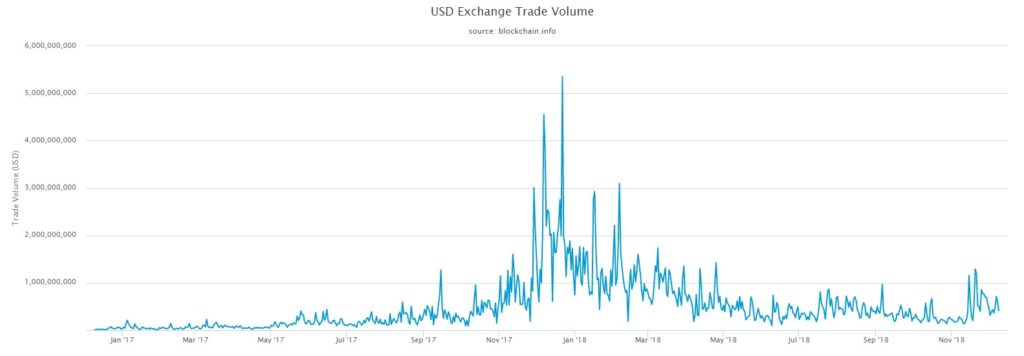When looking at the classic adoption curve (by author Everett M. “Ev” Rogers) applied to the arrival of a new technology, it’s easy to identify successive groups of consumers adopting the new technology (shown in blue in the chart), its market share (yellow in the chart), and saturation level that will eventually be reached.
So the question is how quickly will bitcoin move?
It’s probably still to early to choose one only metric to measure the adoption of bitcoin, but to form an opinion, some interesting indicators are:
The evolution today is clearly optimistic since all these indicators keep growing substantially despite all the setbacks and crashes on the way.
It took decades for other new concepts like debit and credit cards to get adopted. Even nowadays, some people still just don’t trust them, prefer cash or just don’t have access to financial products or services.
However, the fact that there are many developing nations with low financial inclusion that don’t have access to affordable financial products like debit and credit card, could potentially mean positive news for adoption of bitcoin and other cryptocurrencies.
Don’t be surprise if the ‘Early Majority’ adoption described in the chart, is reached first in third-world countries or developing nations, where bitcoin makes great sense for sending money across or making payments avoiding conventional methods that require a sender and a recipient with access to the banking system.
It’s hard to predict how quickly will people be accepting bitcoin and other cryptocurrencies in masses. Still today proportionally very little worldwide population owns cryptocurrencies but there is virtually no disagreement about the fact that bitcoin will eventually go mainstream.
Author Everett M. Rogers originated the diffusion of innovations theory and introduced the term ‘early adopter’ in his book Diffusion of Innovations. A fantastic way of looking at a product from inception to adoption with other interesting topics presented like social marketing, forecasting the rate of adoption, technology transfer, and more.




